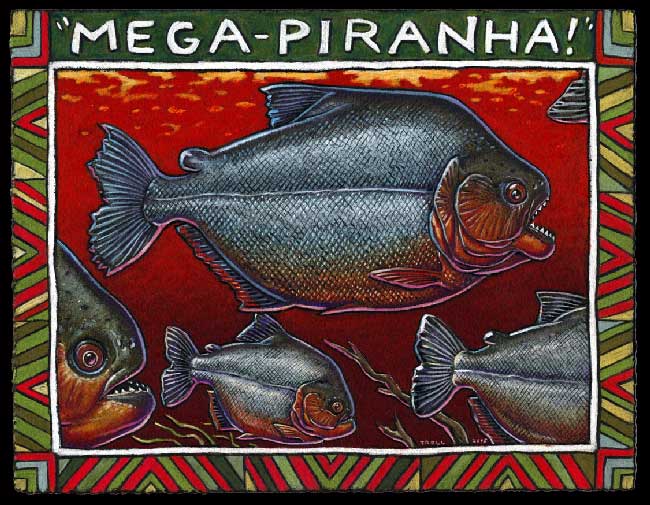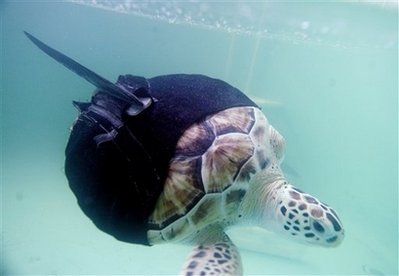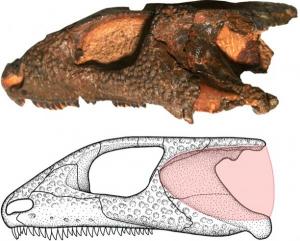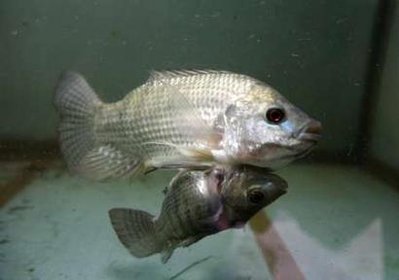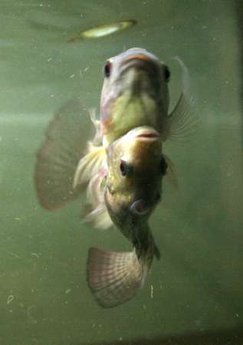[adrotate banner=”1″]Hello, puny masses! It is I, Dr. Mobusu, here to once again grace you with my magical, mythical presence and abnormally amazing intellect. Soon, Dr. Mobusu will be a household name, and all of you who laughed will spit feeble curses before you are crushed beneath the legs of the giant panda herds. But enough of future events, let’s take a look at current events. Hordes of Sea Squirts are causing trouble in Long Island Sound. I know for a fact this is the work of a colleague of mine, Dr. Tobias Hunter. His passion is introducing species to new locations and delighting in the ecological damage. Dr. Hunter invented Killer Bees, released avian malaria upon Hawaiian birds, and even sails around the pacific throwing rats and goats onto islands. We are mad scientists, and we are legion. MuHAHAHAHAHAHAHA!!!
In search of suffocating sea squirt
By MARIAN GAIL BROWNArmed with sonar maps, cameras and a remote-controlled vehicle that looked ready for lunar exploration, University of Connecticut scientists plumbed the bottom of Long Island Sound on Tuesday for a slimy quarry.
The sea squirt, a blob-shaped animal with exponential reproductive powers, threatens to snuff out young lobsters and other shellfish.
Like the zebra mussel, which bonds to boats and can clog pipes at sewage-treatment plants, the sea squirt is an invasive species that UConn researchers believe hitched a ride on an ocean-faring vessel from Asia and dropped into the Sound. There are about 3,000 known species of sea squirts. The one drawing attention here is known as didemnum.
It looks like a mass of rubbery goo and can attach to anything from marina pilings to ship hulls to the grainy, sandy bottom of the Sound.
“This thing has the potential for causing significant economic impact when it attaches to the floor of the Sound, where it blankets and suffocates shellfish and lobsters,” said Ivar Babb, director of UConn’s Undersea Research Center at Avery Point in Groton. “They have no known predators. Their surfaces have a pH level of 2, which makes them quite acidic. Nothing grows on it.”
Sea squirts, depending on the species, range in color from a creamy translucent pearl to olive or tan. In Japan, there are some red species.
They reproduce quickly and form large mats covering an ocean floor. And breaking them apart seems to do no good, Babb said, because, like sea stars that become damaged, they can grow replacement parts. In other words, splitting one sea squirt in half doesn’t kill it — it only creates two of the plankton-eating creatures.
“It looks like a blob. It doesn’t have that graceful look that a jellyfish has floating carefree on the surface of the water,” Babb said. “This thing is ugly. It has no socially redeeming virtues.”
What concerns UConn and the aquaculture industry is the sea squirt’s incredible ability to reproduce and form large ocean-floor mats that suffocate other sea life. The UConn researchers want to document how much of the Sound’s floor the sea squirt blankets.
….
“We are seeing come large colonies of these sea squirts,” said Robert Whitlach, a professor of marine sciences at UConn at Avery Point, on board the boat Tuesday afternoon. “Sometimes they are a few inches in diameter; other times they are a mat 4 to 5 square feet. What’s surprising is that we didn’t find them in the area that we originally expected to. We’re finding them where we are now, 1 miles south of Stonington, near the Rhode Island/Connecticut border.” If the scientists don’t find bigger quantities of the blob-like creature, they may use chlorine or vinegar to kill it. But first they’ll study what effect those substances might have on other marine life native to the Sound.
Sea squirt sightings are becoming more common in the United States, showing up in places as far flung as Puget Sound in Washington state to San Francisco and off Massachusetts and Maine.
….

